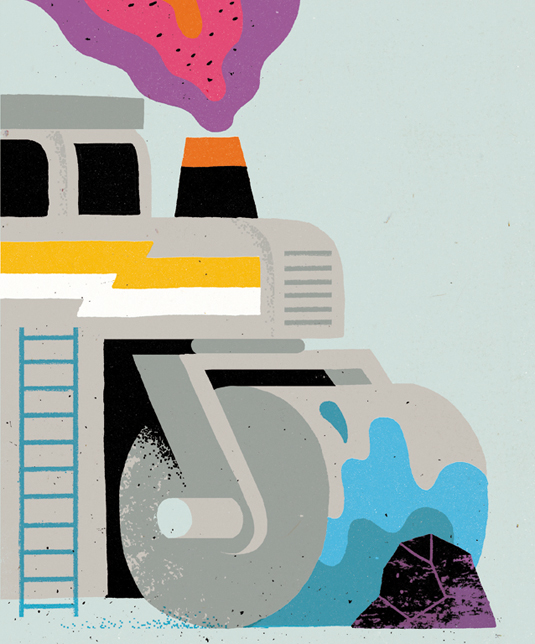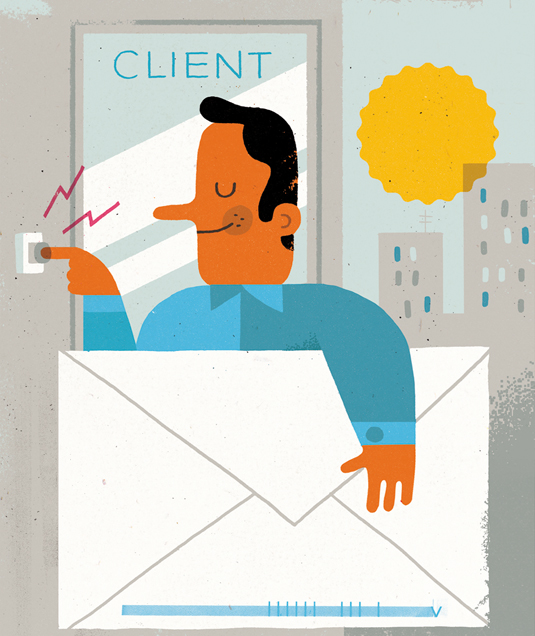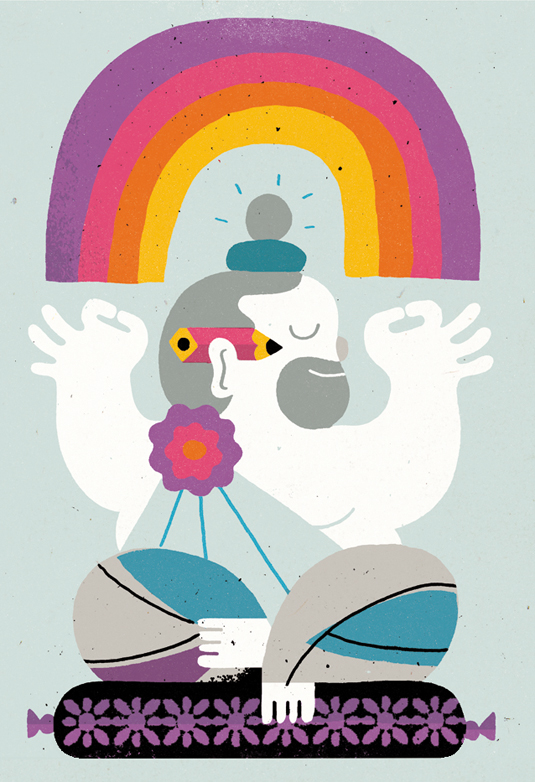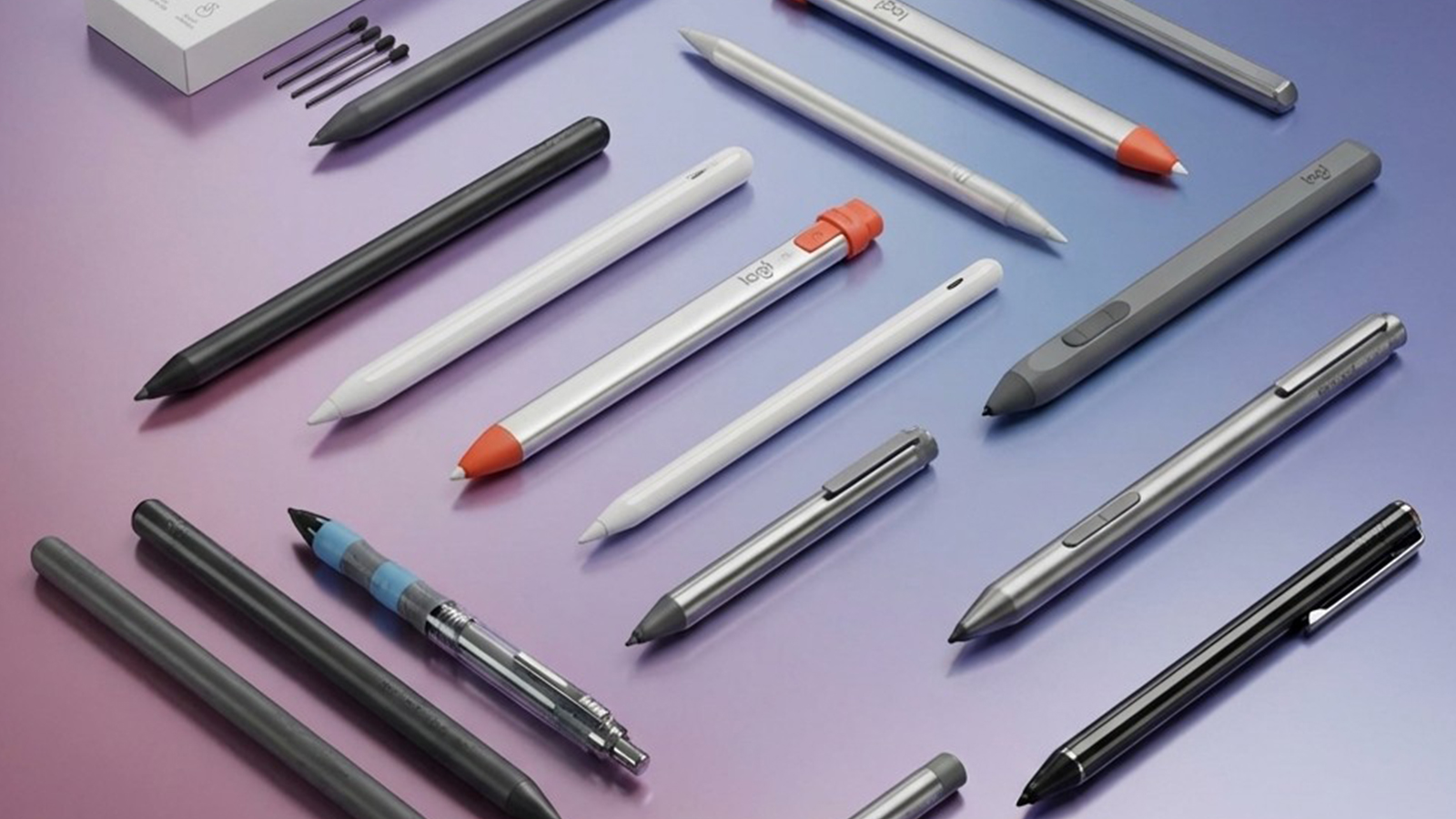10 client-winning ways to beat the brief
Make that client brief the starting gun for some first-class work with these tips.
01. Does the brief fit your abilities?
Receiving a new brief can be exciting, confusing or even worrying. Evaluating it to see if it fits with your organisation’s skills or desires is key to determining whether you take the piece of work on, or let it pass to another. Understanding the implications early on is critical to financial and creative success, for both the client and yourself.
02. Make an action plan

Sit down and discuss the brief. What is the challenge and scope? Is the client new or ongoing? What does the client actually need? What are the long-term goals? Does the brief offer the chance to gain experience in a new sector? Is it a rebranding? Is it a refresh or is it simply something executional? Understand what you’re getting into, and then think about how to take the conversation further.
03. Do your research

With most briefs of a reasonable size and scope, you’ll need exercises such as client Q&A sessions, stakeholder workshops, desk research and internal interviews to understand the many levels of information and complexity behind the brief. From this research, you can then make strategic recommendations that will form the foundation of the creative process.
04. Check you’ve got the essential details

A good brief should be a one-stop-shop of all the essential practical information required to deliver on the project’s demands. Make sure that you’re clear about the challenge, the background, the objectives, the deliverables, target, audience, scope, consumer insights and any mandatories, plus timings for each phase of the project and any critical dates or key milestones.
05. Anticipate any obstacles ahead

Extra information that will help you work effectively includes your client’s business strategy and top line, plus any potential roadblocks to watch out for along the way. Make sure that you smooth the workflow by identifying who the key decision-makers are and their intended process for signing-off the project.
06. Consider briefing the client back

A reverse brief from a freelancer, studio or agency back to the client can often help clarify things on a larger project. It not only demonstrates to the client that you’ve understood the brief or opportunity through the lens of your own insights, but that you can build greater depth and breadth into the brief.
07. Make everything as clear as possible

Assumption is the master of many problems, so assume nothing and be sure to clarify everything. If you feel that the brief needs decoding in order to reveal its more intangible aspects, carrying out an audit of your client and its competitors can help build a bigger picture of what the client may need, but might not have clearly expressed.
Daily design news, reviews, how-tos and more, as picked by the editors.
08. Don’t overdo it on the details

On the other hand, it’s quite possible for a brief to be too detailed. Distil it down to one or two pages for the creative work, as anything longer becomes difficult to refer to. Keep additional documents, such as those containing research, available as background reading, with all the critical points from these put in the brief.
09. Keep on track

It’s not uncommon for people to skip reading the brief, or to deviate too far from it and go off on tangents. To avoid getting things very, very wrong, it’s critical to set internal deadlines and have regular client catch-ups. Knowing when to stop thinking and start doing can make all the difference to the successful delivery of an idea.
10. Take clients with you, and talk to them

The easiest way to achieve great creative work is to keep a dialogue flowing with your client. As well as keeping the client up-to-date with timings and any potential issues that might arise, discuss ambitions and break down any fears the client might have. In doing so you’ll reduce the margin for error and improve your relationship.
Illustrations: Rick Berkelmans
This article first appeared in Computer Arts magazine.

The Creative Bloq team is made up of a group of art and design enthusiasts, and has changed and evolved since Creative Bloq began back in 2012. The current website team consists of eight full-time members of staff: Editor Georgia Coggan, Deputy Editor Rosie Hilder, Ecommerce Editor Beren Neale, Senior News Editor Daniel Piper, Editor, Digital Art and 3D Ian Dean, Tech Reviews Editor Erlingur Einarsson, Ecommerce Writer Beth Nicholls and Staff Writer Natalie Fear, as well as a roster of freelancers from around the world. The ImagineFX magazine team also pitch in, ensuring that content from leading digital art publication ImagineFX is represented on Creative Bloq.
